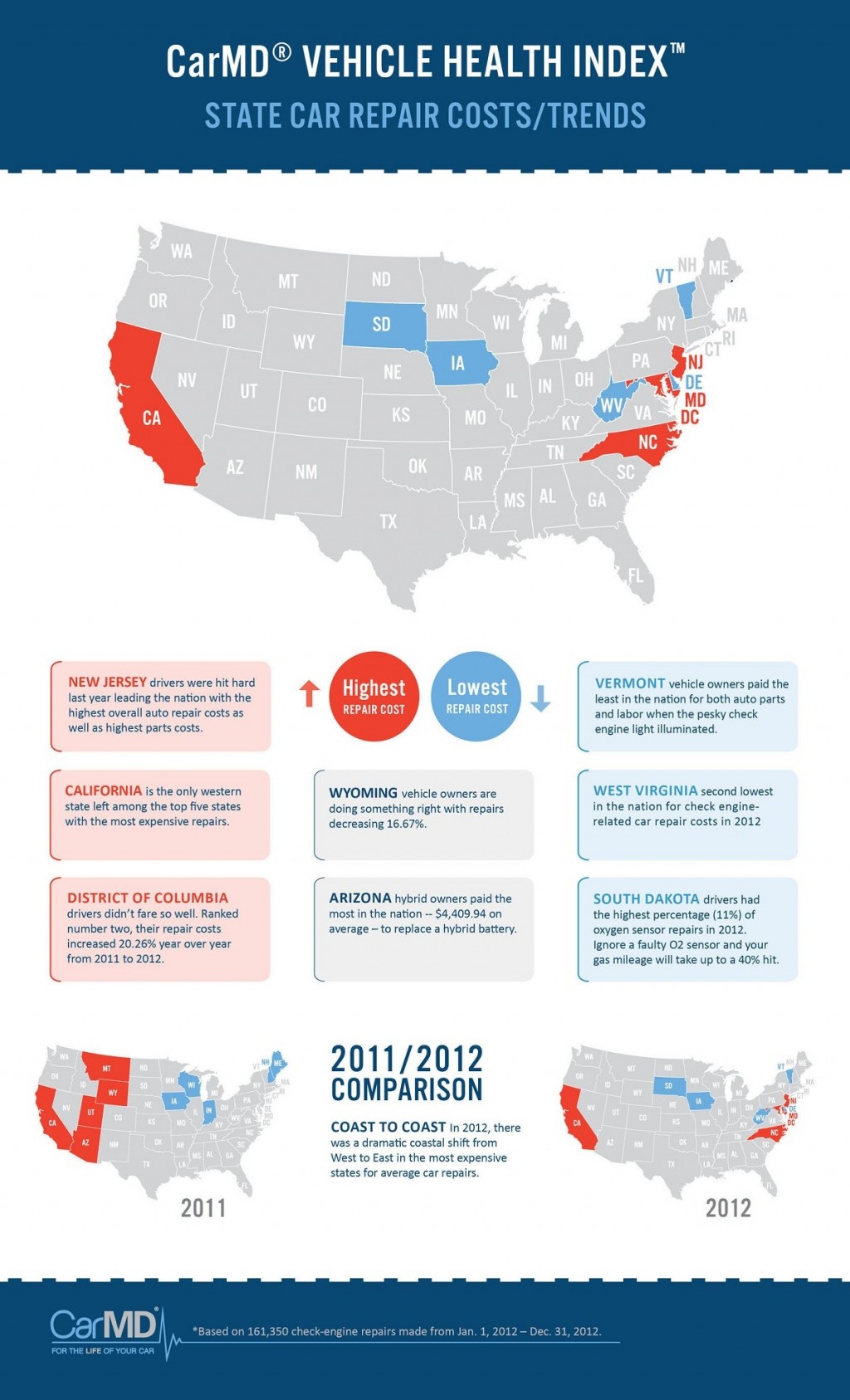Interpreting Your Vehicle'S Alert Lighting: Their True Implications
Interpreting Your Vehicle'S Alert Lighting: Their True Implications
Blog Article
Material Composed By-Samuelsen Kejser
When you're behind the wheel, those glowing caution lights on your dashboard can be a bit difficult. Do you recognize what they're attempting to inform you about your car's health? Recognizing the importance of these lights is crucial for your security and the longevity of your automobile. So, the next time one of those lights appears, would not you intend to decode its message precisely and take the required actions to address it?
Common Warning Lighting and Interpretations
Recognize common caution lights in your automobile and understand their meanings to make sure risk-free driving.
The most typical caution lights include the check engine light, which signals concerns with the engine or emissions system. If this light begins, it's essential to have your vehicle checked promptly.
The oil stress cautioning light suggests low oil pressure, calling for prompt interest to stop engine damage.
A blinking battery light could suggest a damaged billing system, possibly leaving you stranded otherwise attended to.
The tire stress monitoring system (TPMS) light alerts you to reduced tire pressure, affecting automobile stability and fuel performance. Ignoring this might lead to harmful driving conditions.
The ABS light suggests a trouble with the anti-lock braking system, jeopardizing your ability to stop rapidly in emergencies.
Finally, engine wash warning light warns of engine getting too hot, which can result in extreme damages if not resolved quickly.
Comprehending these typical warning lights will certainly aid you address problems promptly and preserve secure driving problems.
Importance of Prompt Interest
Comprehending the usual warning lights in your cars and truck is only the very first step; the significance of immediately addressing these warnings can't be highlighted sufficient to ensure your safety when traveling.
When a warning light brightens on your dashboard, it's your auto's way of interacting a possible concern that needs interest. Ignoring these cautions can bring about a lot more serious problems later on, jeopardizing your safety and security and potentially costing you a lot more out of commission.
Motivate attention to advising lights can avoid break downs and mishaps. For example, a flashing check engine light can show a misfire that, if left unattended, might trigger damage to the catalytic converter. Resolving this promptly can save you from a costly repair service.
Similarly, a brake system alerting light could indicate low brake liquid or used brake pads, important elements for your security when driving.
DIY Troubleshooting Tips
If you discover a warning light on your control panel, there are a couple of do it yourself troubleshooting pointers you can try prior to seeking expert help.
The primary step is to consult your automobile's manual to comprehend what the certain caution light indicates. Occasionally the problem can be as basic as a loose gas cap activating the check engine light. Tightening up the gas cap may solve the problem.
An additional typical problem is a low battery, which can activate different warning lights. Inspecting https://www.wilx.com/2022/04/25/mid-michigan-auto-body-shops-pushing-repairs-back-amid-parts-shortage/ for rust and ensuring they're safe and secure could fix the issue.
If a warning light persists, you can try resetting it by disconnecting the car's battery for a few minutes and after that reconnecting it. In addition, checking your car's fluid degrees, such as oil, coolant, and brake liquid, can aid repair cautioning lights related to these systems.
Verdict
In conclusion, comprehending your auto's caution lights is essential for keeping your automobile running smoothly and safely. By immediately addressing these notifies and knowing what they indicate, you can prevent costly repairs and potential breakdowns.
Keep in mind to consult your automobile's manual for particular information on each advising light and take action as necessary to make sure a hassle-free driving experience.
Stay informed, remain secure on the road!
